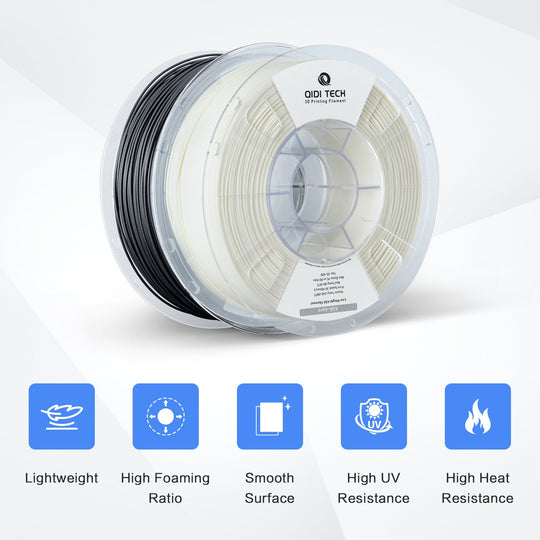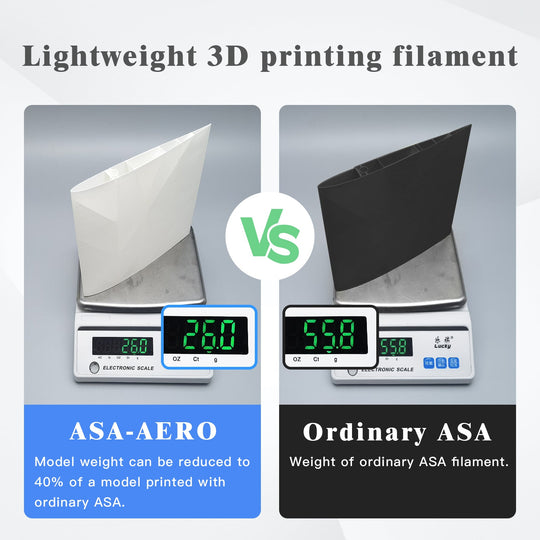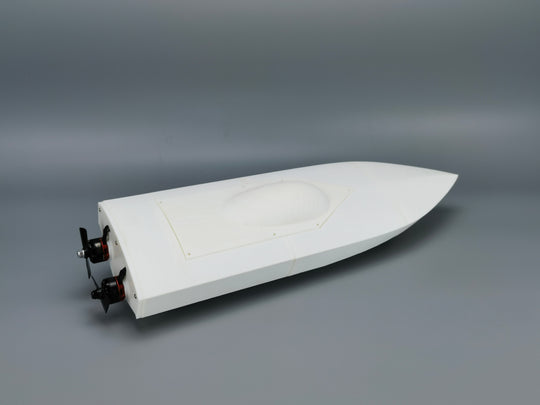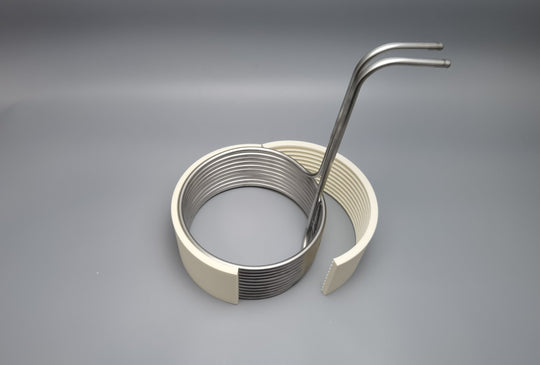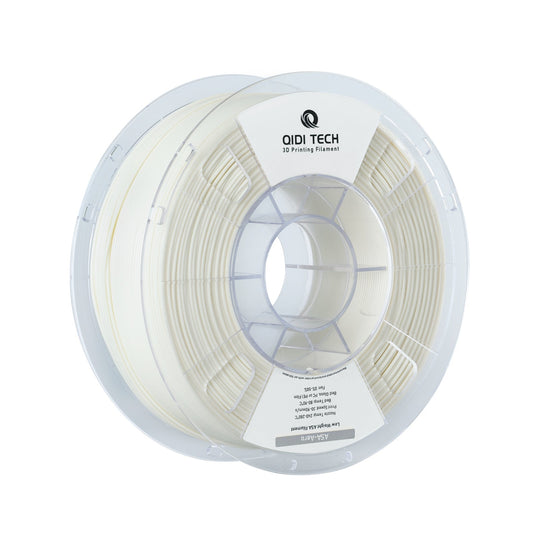Shipping rates vary by locations. See our Shipping policy for details.
If the product you need is out of stock and you need it urgently, please contact our customer service, or go to the global site to choose to purchase from China.
Overview:
QIDI ASA-Aero is a type of lightweight 3D printing filament, specifically developed for the fields of aircraft models, ship models, drones, etc. ASA-Aero controls the foaming ratio of the material by adjusting the nozzle temperature during the printing process so that the density of the material extruded by the nozzle can be adjusted within a certain range. With this technique, it is easy to reduce the weight of the model. In the best-case scenario, the model weight can be reduced to 50% of a model printed with ordinary ASA. In addition to that, the matte texture of the printed surface can reduce the visibility of printed layers and thus give a smooth surface finish.
Recommended printing conditions:
| Recommended Nozzle Diameter | ≥0.4 mm |
| Print speed | 30-90 mm/s |
| Recommended build surface treatment | PEI Film |
| Build plate temperature | 80-110°C |
| Raft separation distance | 0.18-0.2 mm |
| Cooling fan speed | 0%-50% |
| Retraction distance | NO |
| Retraction speed | / |
| Recommended Support Material | / |
| Additional Suggestions: | |
| 1.Since ASA-Aero adopts the ‘on-demand foaming’ technology, the filament will continue to expand in the nozzle after being heated during the printing process. Therefore, it will cause unavoidable stringing during the nozzle movement. Even adjusting the retraction setting in the slicing software cannot solve this problem. Based on the above, it is recommended to turn off the retraction setting. | |
| 2.Because ASA materials have a high glass transition temperature, a certain ambient temperature(40-70°C) is required during printing to release the internal stress of the printed parts and reduce warping. When printing thin-walled models without any form of insulation, it is recommended to use nozzles with a diameter of 0.6mm or more to ensure the strength of printed parts and reduce shrinkage. | |
| 3.When printing with ASA-Aero filaments, please place the enclosed printer in a ventilated environment. | |



